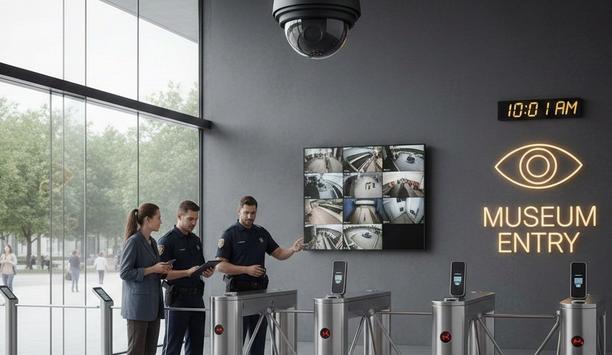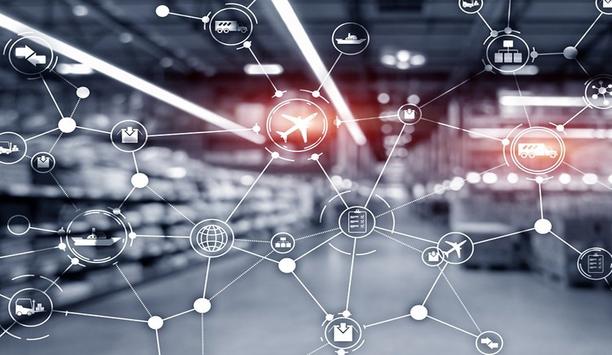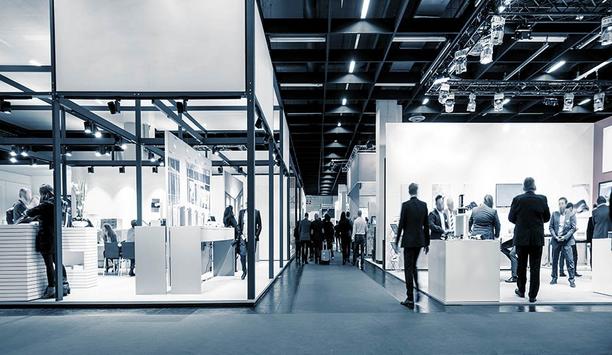Check Out Our Special Report On Casino Security
What New Features Of Video Systems Help To Ensure Privacy?
- Modern video systems prevent privacy invasion with advanced technological features.
- Video systems preserve necessary data for authorized personnel while ensuring privacy.
- Expert Panel discusses new video system features that enhance privacy protection.
Editor Introduction
Faces captured by video cameras could be perceived as an invasion of privacy, as could images captured through residential windows or that involve private or proprietary information. Fortunately, modern video systems incorporate technological features that help avoid an inadvertent invasion of privacy, while preserving any data that may be needed by authorized persons. For the latest commentary, we turn to our Expert Panel Roundtable with this week’s question: What new features of video systems are helping to ensure privacy?
Modern video systems include a bevy of intelligent technologies to help ensure privacy. These include masking fixed areas in the camera view, anonymizing people through dynamic masking or thermal imaging, and using radar technology. Additionally, when there is a need to safeguard the privacy of bystanders in exported video, video redaction support in video management software is also available. Such solutions enable robust video surveillance systems while also addressing privacy regulations that place restrictions on the collection of personally identifiable data. Furthermore, when it comes to protecting the video and data that are generated via video systems, many solutions today include built-in encryption and cybersecurity features to help counter different types of attacks, effectively mitigate vulnerabilities, and prevent unauthorized access to the system. From detecting firmware tampering to preventing software replacement, these cybersecurity features safeguard systems from the inside out and help reduce the risk of costly, disruptive digital attacks.
The redaction of pixels from video (from the likes of Facit Data Systems) is an intelligent way of helping to ensure video systems do not infringe on people’s privacy or break any applicable data privacy laws. Development of this approach has advanced significantly through the use of AI and intelligent video analytics, and it would have been difficult to have achieved this with any practicality without them. This approach works well for censoring key parts of video footage, for instance, certain parts of a building (perhaps restrooms or areas that may accommodate children or other vulnerable people) or even for protecting intellectual property/sensitive data (such as wall-mounted printed data or presentation boards). Because this approach is so flexible, it is possible to ensure any sensitive images can be automatically blocked without compromising on the areas that need to be legitimately surveilled.
To date, 71% of countries around the world have established some form of legislation that ensures the protection of data and privacy. Hence it is our belief that vendors should develop tools that include privacy protection by design. Modern security cameras should include features such as i-PRO’s Privacy Guard to automatically anonymize people’s faces and bodies at the edge in real time. Available free of charge, this feature ensures that organizations never have to compromise between privacy and security. And while it is important to provide the right privacy tools to end users, it is also important to remember that most AI-based analytics are in fact designed to detect humans and vehicles anonymously.
Traditional on-premises security systems certainly face increased cybersecurity risk from unauthorized access and direct attack. The first step in securing cameras is a strong account password, which prevents unauthorized access to your cameras. We purpose-design cybersecurity safeguards in our cameras, using reverse SSH encryption connected to a secure cloud environment with strict controls and access granted by invitation only. When RTSP video stream requests come in from outside this secure cloud environment, connections are fully supported by strong password and digest authorization with SSL encryption. We regularly monitor cyberspace, continually enhancing and updating firmware to foil new hacking trends – automatically updating deterrence cameras to keep them impenetrable. Video surveillance cameras are indispensable in home and business security and safety, but they must be cyber-secure and continually updated to prevent outside threats.
Editor Summary
With legislation to ensure privacy becoming more common around the world, it behooves designers and manufacturers of video surveillance systems to address privacy issues and protect the vulnerable. As our Expert Panelists assure us, there are technologies and systems in place to do just that. Preserving the value of video surveillance without threatening privacy is a delicate balance. Fortunately, it is top-of-mind for manufacturers of these systems.
- Related companies
- Axis Communications
- TDSi
- Genetec, Inc.
- i-PRO
- iDter
- Related links
- Axis Communications Video Surveillance software
- Axis Communications Access control software
- Genetec Video Surveillance software
- Genetec Access control software
- TDSi Access control software
- TDSi Surveillance cameras
- TDSi Video Surveillance software
- Biometric Access control software
- ANPR Software Video Surveillance software
- Infrared Surveillance cameras
- Access Control Software Access control software
- PCB Surveillance cameras
- Detection Software Video Surveillance software
- Thermal Surveillance cameras
- Carpool Anti-passback Access control software
- Proximity Access control software
- Management Software Video Surveillance software
- Smart Card Access control software
- Central Monitoring Option Access control software
- Combined online/offline solution Access control software
- Monitoring Software Video Surveillance software
- Surveillance Software Video Surveillance software
- Face Recognition Software Access control software
- Guard tool module Access control software
- Keypad Commands/Intrusion Zones Access control software
- Management Systems Upgrade Access control software
- NStar software upgrade Access control software
- Remote software for telecode door entry phone system Access control software
- Server software for MSDE Access control software
- Version Upgrade Access control software
- Related categories
- Surveillance cameras
- Video Surveillance software
- Access control software
- View all news from
- Axis Communications
- TDSi
- Genetec, Inc.
- i-PRO
- iDter
Expert commentary
Security beat
The Key To Unlocking K12 School Safety Grants
DownloadHoneywell GARD USB Threat Report 2024
DownloadPhysical Access Control
DownloadThe 2024 State Of Physical Access Trend Report
DownloadThe Security Challenges Of Data Centers
DownloadKentixONE – IoT Access And Monitoring For Data Centers
Climax Technology HSGW-Gen3 Modular Smart Security Gateway
Delta Scientific DSC50 ‘S’ Barrier: Portable, Crash-Rated Vehicle Mitigation Solution
























